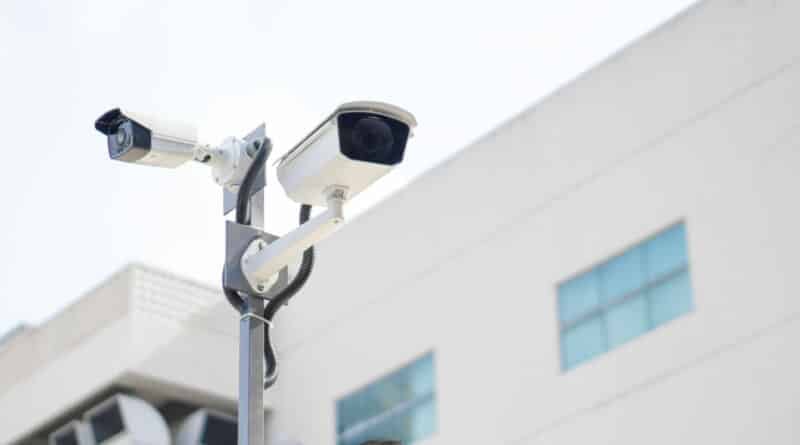Tech Portal
Tech Portal
Use Cases of Machine Vision
Photogrammetry
Photogrammetry is a technique to create digital 3D models by taking a set of overlapping photos of an object. Photogrammetry enables capturing of large objects such as a person or a landscape, that would otherwise be impossible to scan in a single camera shot.
There are three main types of photogrammetry:
1. Aerial Photogrammetry
This process refers to using an aircraft to capture overlapping aerial photographs of a landscape and turn them into a digital 3D map. These days drones have replaced traditional surveying as they are cheaper and easy to navigate.
2. Terrestrial (or Close-Range) Photogrammetry
This process refers to using tripod-mounted cameras to capture overlapping photographs of a person or a smaller object and create a 3D version of it.
3. Space Photogrammetry
This process refers to using cameras mounted on a satellite to capture overlapping photographs of outer space which are then used to create a 3D model of celestial bodies.
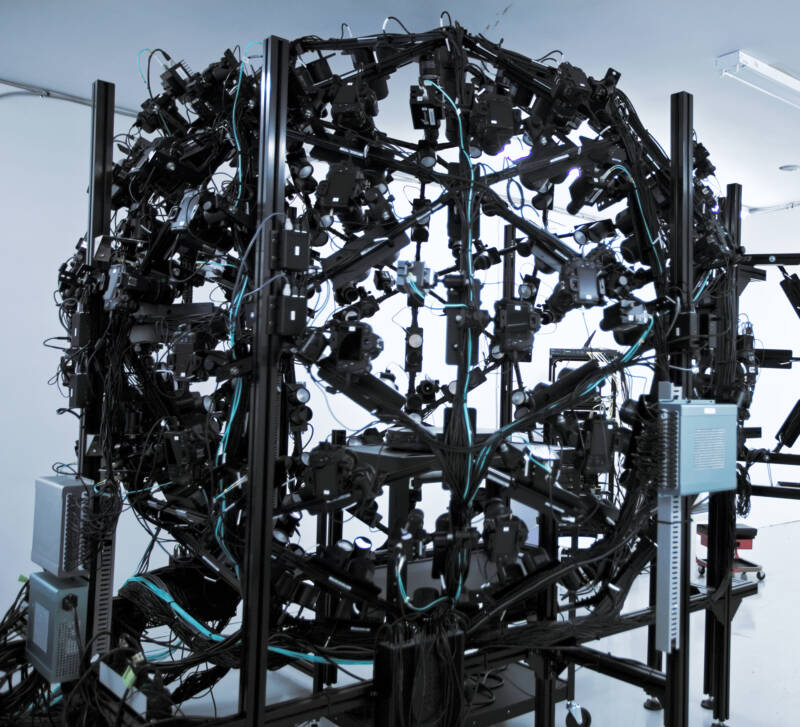
Guidance
Machine vision systems act as an eye for robots and enable the equivalent of hand-eye coordination in them. Information extracted from machine vision cameras helps robots to find their own position, and locate parts and obstacles in a 3D space. Precise knowledge of objects in a 3D space makes it possible for robots to become an integral part of the manufacturing process on the factory floor.
Here are some examples of tasks that robots perform in factories:
- Picking parts from shelves and arranging them
- Placing and aligning components during assembly
- Loading and unloading boxes from pallets
- Arranging items on a moving conveyer belt
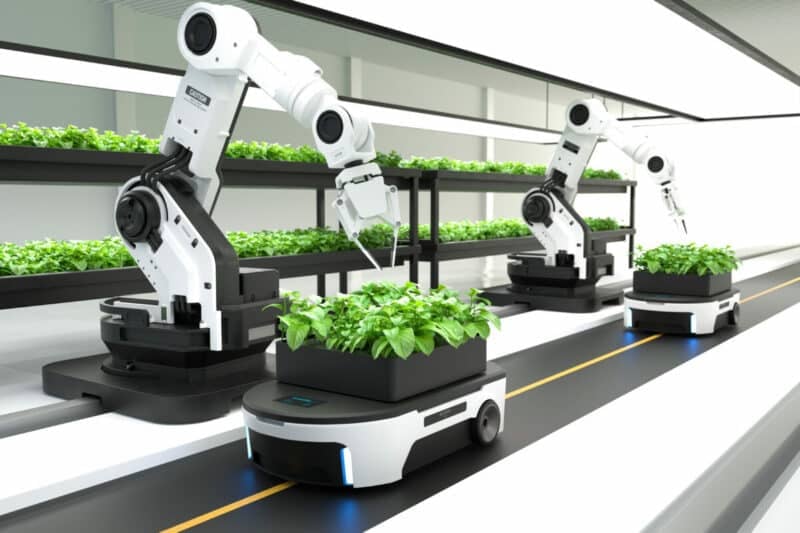
Inspection
In order to ensure the quality of manufactured products, vision inspection systems are deployed for inspecting defects, flaws and other irregularities. What human eyes couldn’t see on a conveyer belt, machine vision cameras are able to see that in great detail. Thus, small defects are discovered quickly and easily.
Some of the applications where machine vision systems are used for inspection are:
- LCD Panel Inspection
- Direct Mail Inspection
- Pathology Slide Inspection
- High-Speed Train Inspection
- Welding inspection
- Carbon Fiber layering inspection (Polarized)
- High Voltage Corona? Inspection (UV)
- Powerline Inspection
- EV Battery Inspection

Sorting
Sorting refers to separating components and parts by their attributes for example size, shape, color or defect. Machine vision systems equipped with the latest artificial intelligence algorithms are being used to fully automate making decisions on quality control. This not only helps in increasing yield and stop bad quality products from reaching the consumers but also saves man power and resources.
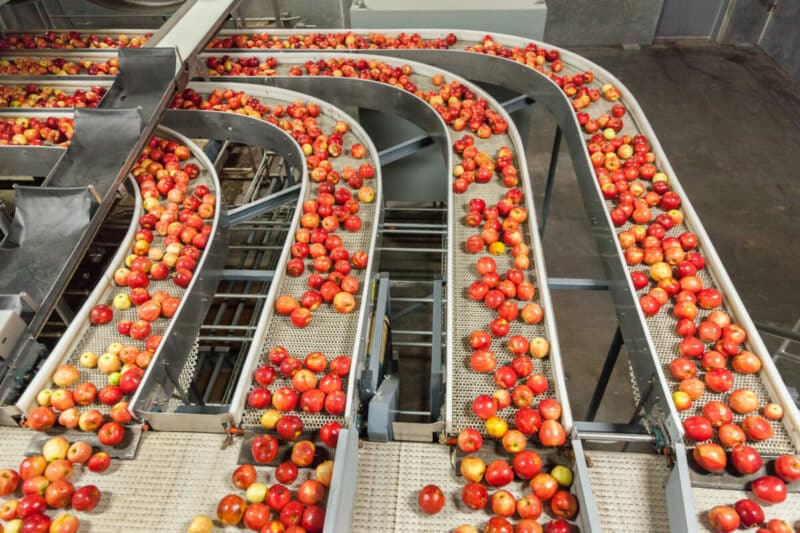
Identification
Machine vision systems are often employed to identify parts for example on the production line. Identification of parts helps in controlling manufacturing processes and tracking them through various levels of manufacturing.
Various methods used by machine vision systems for identifying parts are:
- Barcodes (1-D)
- Data Matrix Codes (2-D)
- Direct Part Marks (DPM)
- Printed Characters
- Optical Character Recognition (OCR) – These systems read alphanumeric characters without prior knowledge.
- Optical Character Verification (OCV) – These systems confirm the presence of a character string.
- Unique Patterns
- Unique Color
- Unique Shape
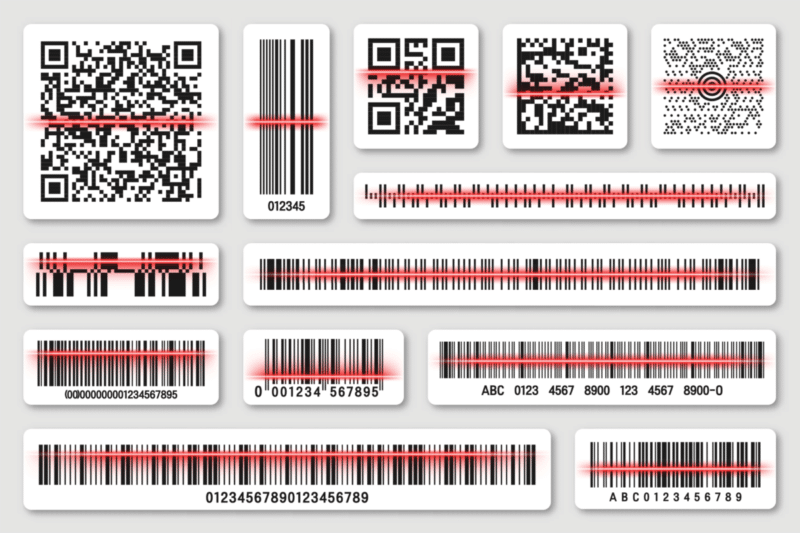
Counting
Establishing an accurate count of components is very critical for the assembly process. Images taken using machine vision systems allows computer algorithms to accomplish an accurate count in real-time. This is very helpful in a fast-paced environment where a conveyor belt is moving at a very high-speed.
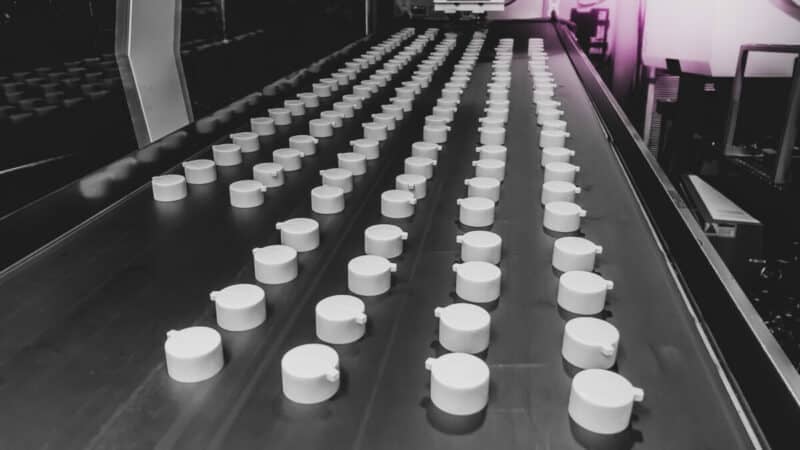
Recognition
Machine vision cameras and AI-based image processing has enabled applications that require real-time recognition of objects for example in the case of self-driving vehicles and facial recognition. Moreover, advanced techniques are being developed in the field of Biomechanics analysis for analyzing body movements during sports that leverage machine vision cameras. Over the next decade, the use of machine vision cameras for recognizing objects, gestures and body movements is expected to grow significantly.

Monitoring
Machine vision cameras are often used in surveillance systems for the purpose of law enforcement and traffic control. The ability to program machine vision cameras and equip them with computer vision algorithms makes it easier to design and customize surveillance systems for each use case. The new generation of surveillance systems are packed with the latest artificial algorithms and more processing power than ever before.
